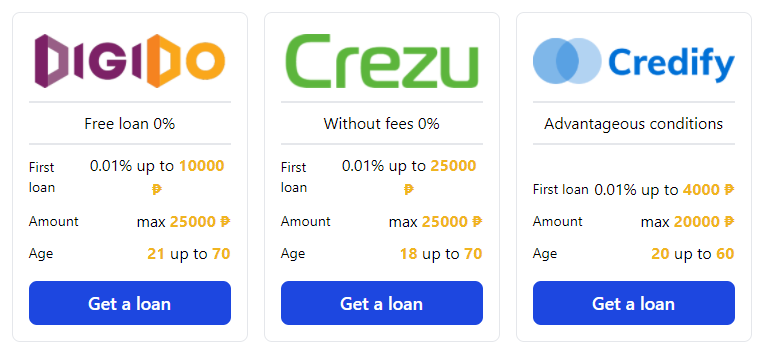In recent years, the Philippines has seen a significant growth in the online lending industry. With the increasing number of Filipinos using the internet and smartphones, online lending platforms have become a popular alternative to traditional banks for accessing credit. However, with the COVID-19 pandemic affecting the economy and the financial industry, the future of online lending in the Philippines has become uncertain. This article will explore the current state of online lending in the Philippines and the potential for its future growth.
The Current State of Online Lending in the Philippines
Online lending has become a popular choice for Filipinos who need access to credit quickly and easily. According to a report by the Bangko Sentral ng Pilipinas (BSP), the number of online lending platforms in the Philippines has increased from only 11 in 2015 to 150 in 2021. These platforms offer a variety of loan products, including personal loans, business loans, and even loans for education and healthcare.
One of the advantages of online lending is its accessibility. Borrowers can apply for a loan using their smartphones or computers, and the approval process is often faster than traditional banks. Additionally, online lenders often have lower requirements for credit scores and collateral, making it easier for individuals and small businesses to access credit.
However, the online lending industry in the Philippines has faced some challenges. The BSP has raised concerns over the high interest rates and fees charged by some online lenders, which can trap borrowers in a cycle of debt. Some online lenders have also engaged in aggressive debt collection practices, leading to complaints from borrowers.
The Potential for Future Growth
Despite these challenges, the online lending industry in the Philippines has the potential for significant growth in the future. According to a report by Fitch Solutions, the total outstanding loans from online lending platforms in the Philippines is expected to reach PHP 150 billion ($3 billion) by 2025, a 225% increase from 2020.
One of the factors driving this growth is the increasing use of smartphones and the internet in the Philippines. The country has one of the highest internet penetration rates in Southeast Asia, with around 67 million internet users as of 2021. This presents a significant opportunity for online lending platforms to reach a wider audience.
Additionally, the COVID-19 pandemic has highlighted the importance of digital financial services. With many Filipinos facing financial difficulties due to the pandemic, online lending platforms have become a vital source of credit. This has led to an increased awareness and acceptance of online lending among Filipinos.
The Role of Regulation
As the online lending industry in the Philippines continues to grow, the role of regulation becomes increasingly important. The BSP has already taken steps to regulate the industry, issuing guidelines for online lenders in 2019. These guidelines include requirements for online lenders to register with the BSP and adhere to responsible lending practices.
However, some experts have called for stronger regulation of the industry. In a report by the World Bank, the authors recommend that the BSP should consider implementing interest rate caps and other measures to protect borrowers from predatory lending practices.
Conclusion
The online lending industry in the Philippines has seen significant growth in recent years, driven by the increasing use of smartphones and the internet. While there are challenges facing the industry, such as high interest rates and debt collection practices, the potential for future growth is significant. However, regulation will play a crucial role in ensuring that online lenders operate responsibly and protect borrowers from predatory practices. As the industry continues to evolve, it is important for regulators, lenders, and borrowers to work together to create a sustainable and responsible online lending ecosystem in the Philippines.
